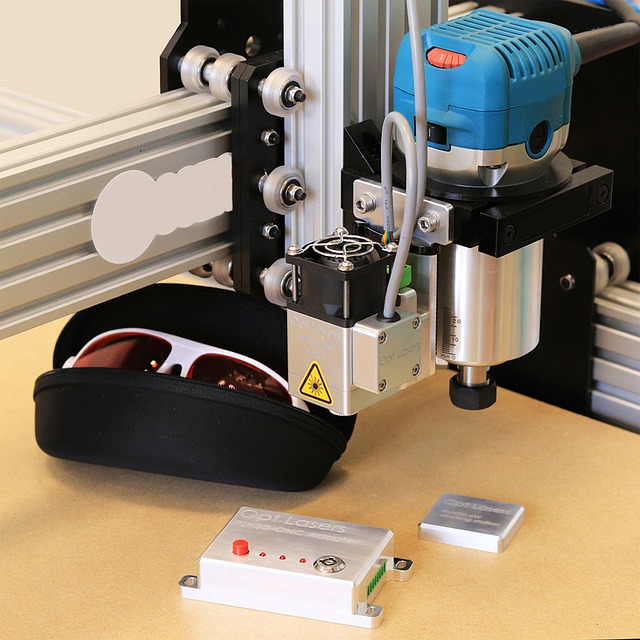An interesting article titled “Early life metal dysregulation in amyotrophic lateralsclerosis” appears in the Annals of Clinical and Translational Neurology written by Claudia Figueroa-Romero and et al. (pp. 872-882, 2020). The article seeks to explore if metal uptake is dysregulated during childhood in people later eventually diagnosed with amyotrophic lateral sclerosis (ALS) also known as Lou Gehrig’s disease. ALS is a disease that leads to paralysis and early death that is characterized by motor neuron degeneration and this causes the brain to lose its ability to initiate and control muscle movement. The majority of cases of ALS have no known cause but both genetic and environmental factors are suspected.
In the article the researchers discuss how they collected permanent teeth from patients who had teeth extracted or who had died and were obtained at autopsy. The data included teeth from 36 patients with known ALS and 31 patients who did not have ALS who served as control. The majority of these 36 patients had sporadic ALS (88.9%) and four of these patients had familial ALS where a known genetic cause leads to ALS. Lasers scanned the teeth on average at over 5,000 locations to obtain time series data of metal uptake. The lasers were able to detect up to 11 different metals: barium, chromium, copper, lead, lithium, magnesium, manganese, nickel, strontium, tin, and zinc.
The authors found that metal levels were higher in the teeth of those with ALS than in the controls. The authors found that ALS patients had chromium uptake increased after age 10 and 1.49 times more chromium at 15 years than in controls. The authors found manganese was higher in from birth until around 6 years old and then it dropped lower between 12 and 15 years. Further, the manganese levels in ALS patients were 1.82 times more manganese at birth than in controls. The authors found nickel from 6 to 10 years for nickel and and tin had increased uptake in ALS patients fro birth to 2 1/2 years. Further the nickel levels in ALS patients were 1.65 times more nickel at 8 years and the tin levels in ALS patients were 2.46 times more tin at 2 years. Additionally, the authors found that ALS patients had zinc levels that were increased from birth through age 15. Further the zinc levels in ALS patients were 2.46 times more zinc at 6 years.

To help collaborate the human findings, the researchers also looked at ALS and control mouse models. They found that the metal uptake dysregulation was similar in tooth biomarkers of the mouse model and found differences in the distribution of metals in mouse brains compared to brains of control mice. The authors feel that their results show that there is altered metal uptake during childhood that is associated with ALS that onsets during the adult years. The authors state:
“This study represents the first direct evidence showing that early life metal dysregulation is associated with ALS using permanent teeth as metal uptake biomarkers….the current data support the link between early life adverse systemic elemental dysregulation and adult-onset neurodegeneration.”
The authors pointed out some limitations of their study. They mentioned that the study used a small sample size which limited exploring metal-by-metal and metal-by-genotype interactions. The small sample size in part had to do with the fact that since ALS occurs around 50 or 60 years of age it made it difficult to find teeth for the study since by this age many teeth have numerous fillings or have been removed. The authors also mentioned that they lasers they used are not very effect at measuring some elements in teeth, such as iron, aluminum, mercury, and fluoride that they would have liked to study. Further, most of the patients used in their study resided in Michigan and this population may not be entirely respenenstive of other geographical regions. The authors feel that future studies with large sample sizes will help gain understanding into racial, ethnic, and geographical differences.
